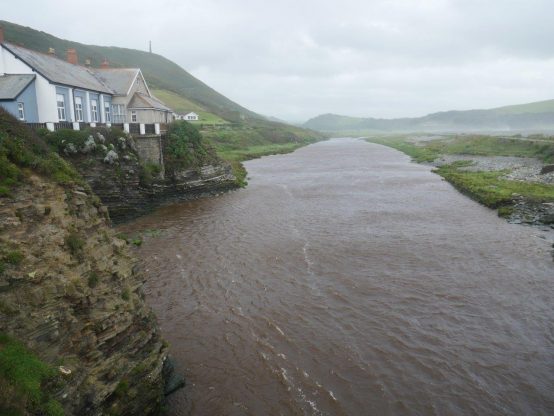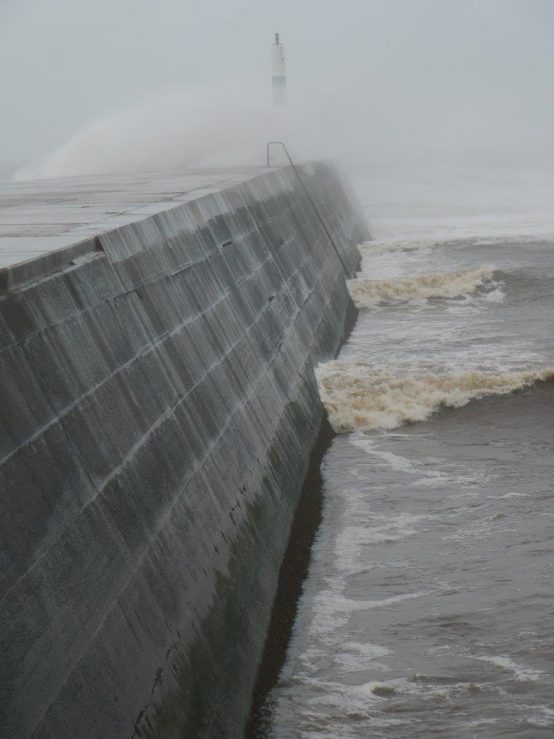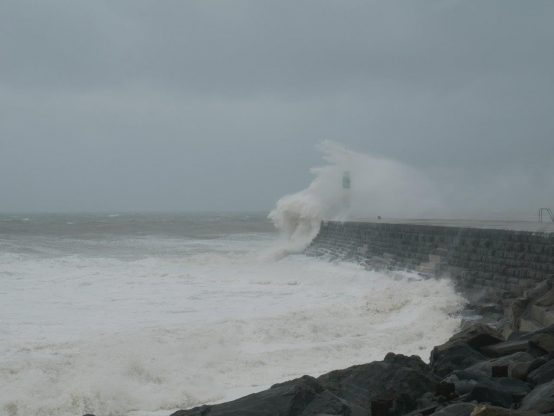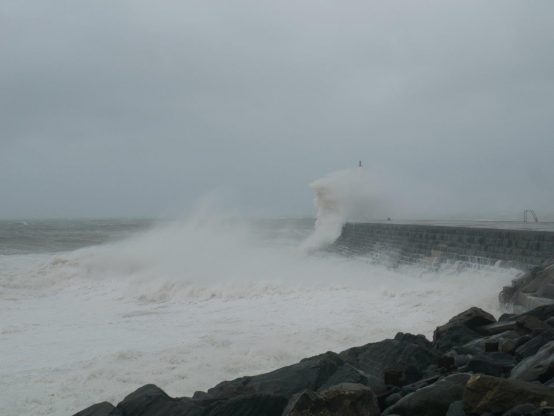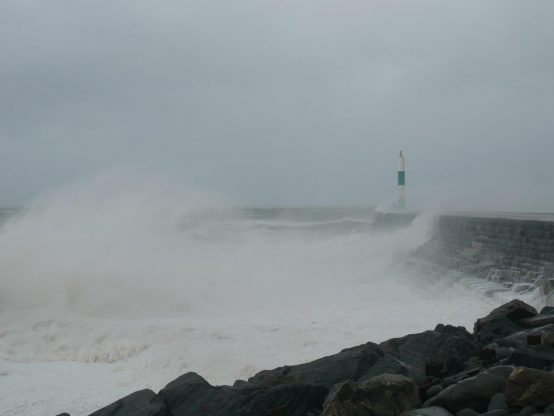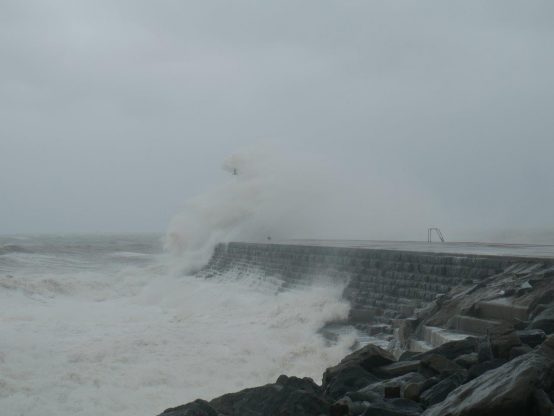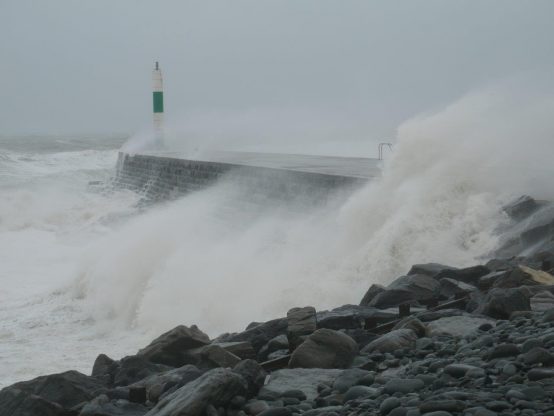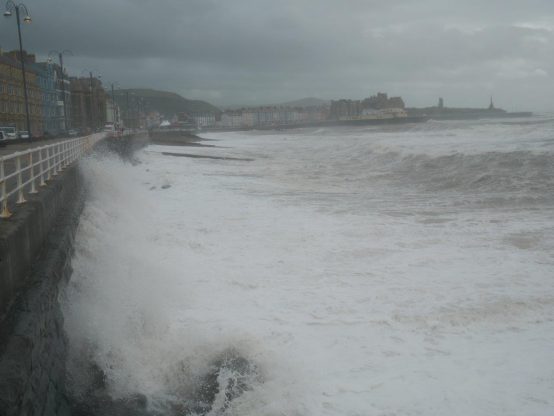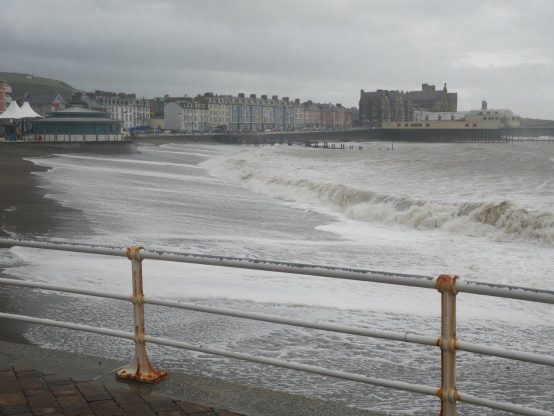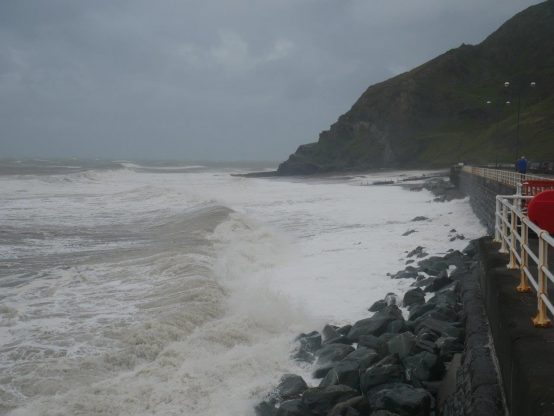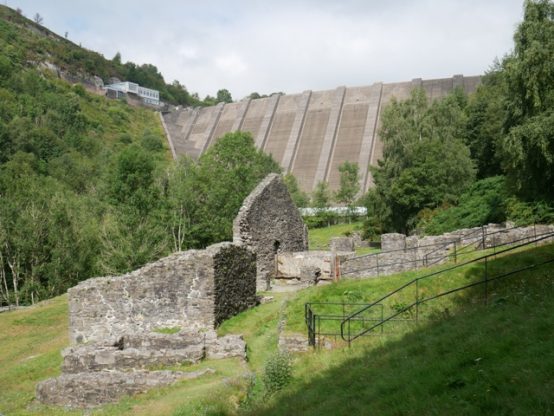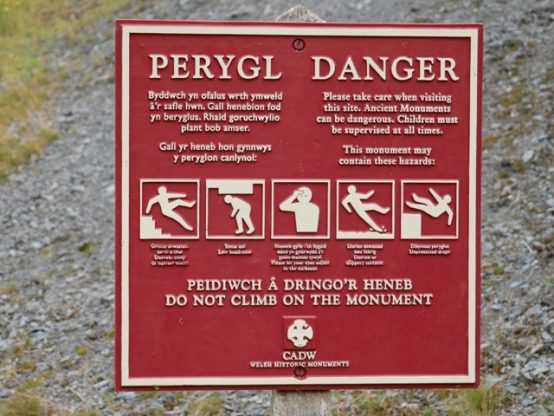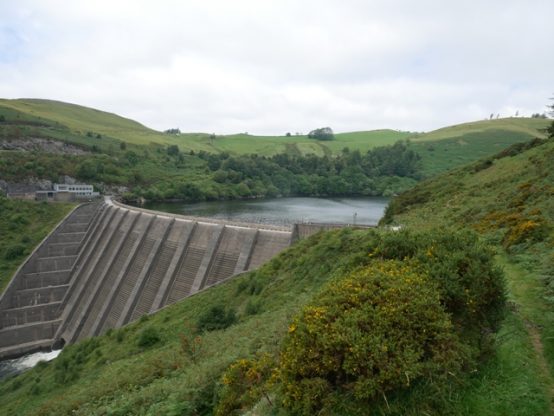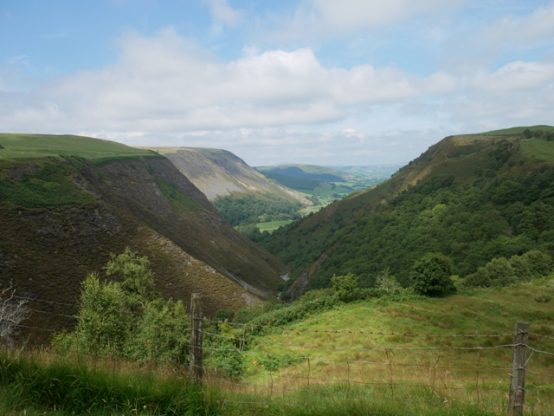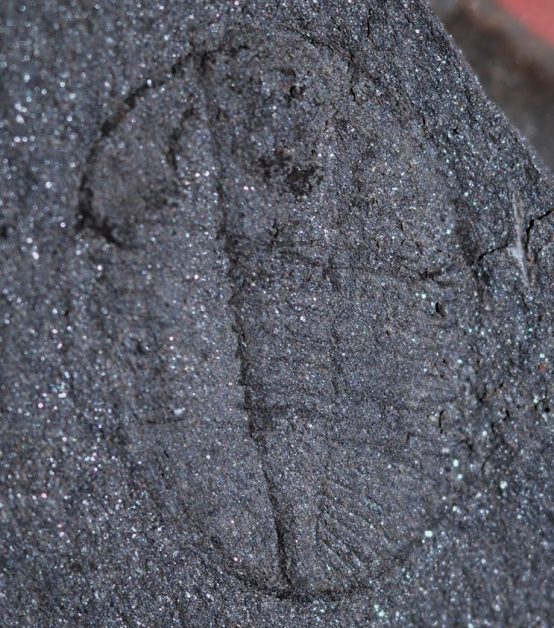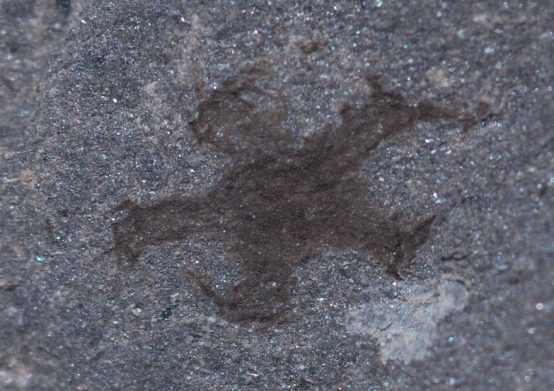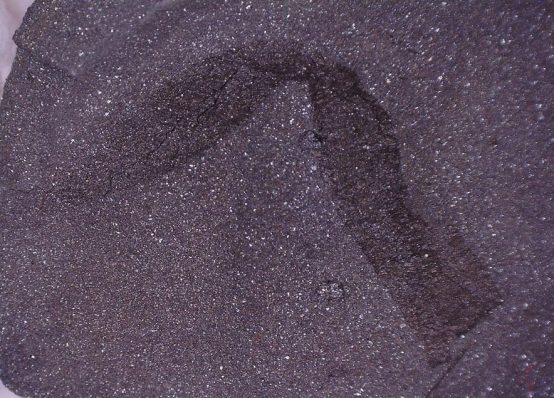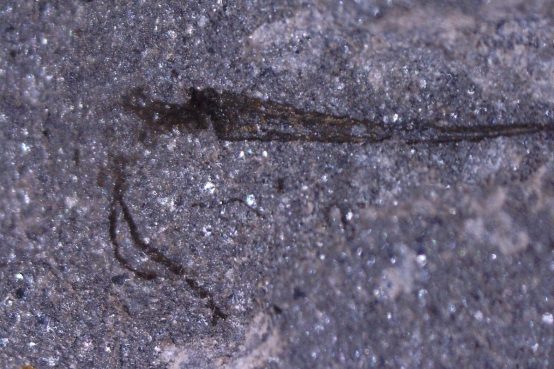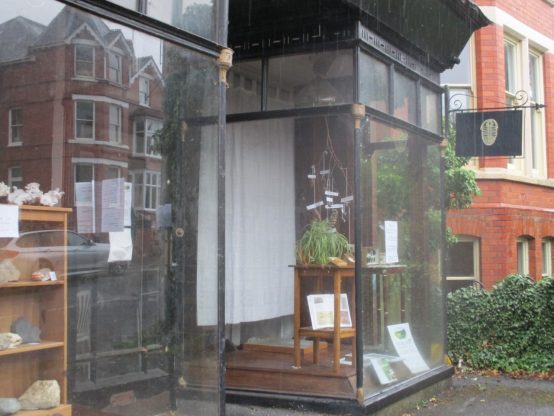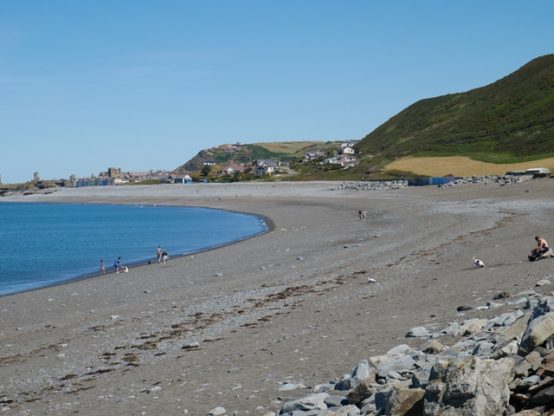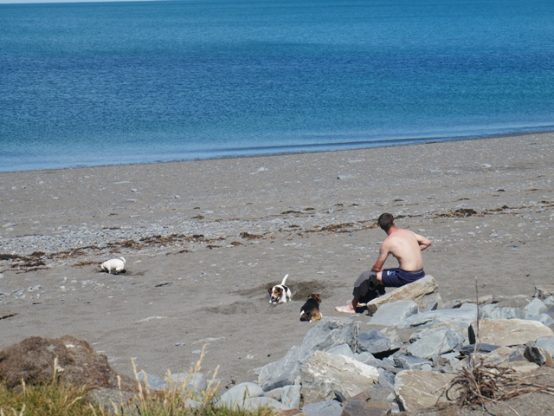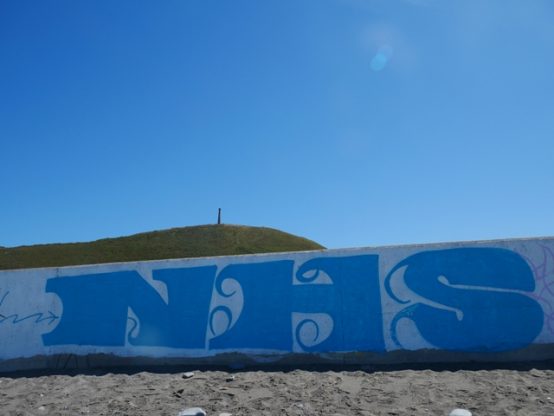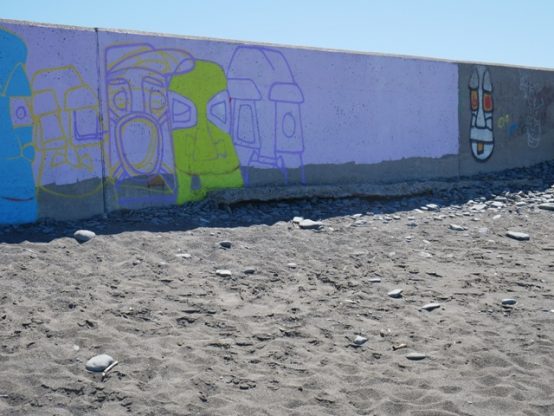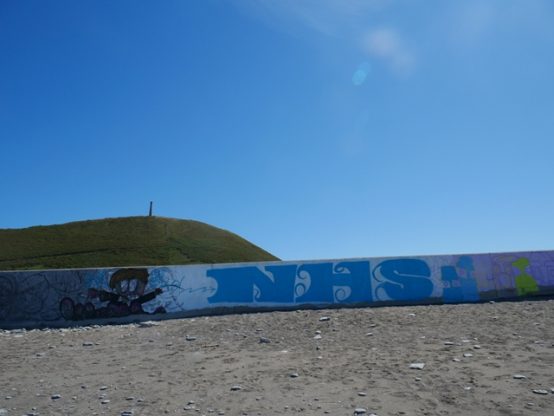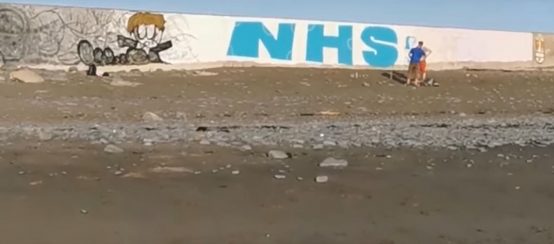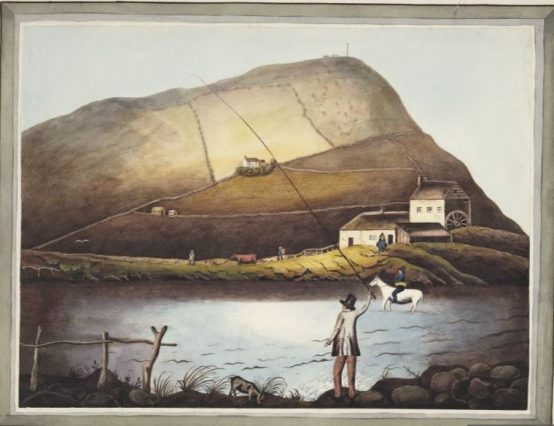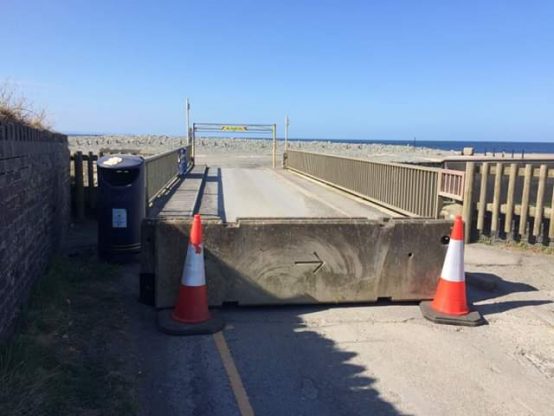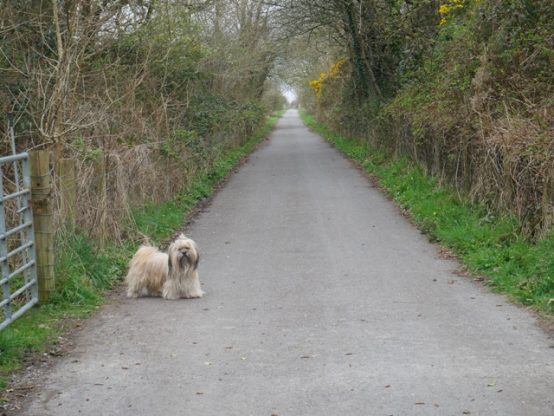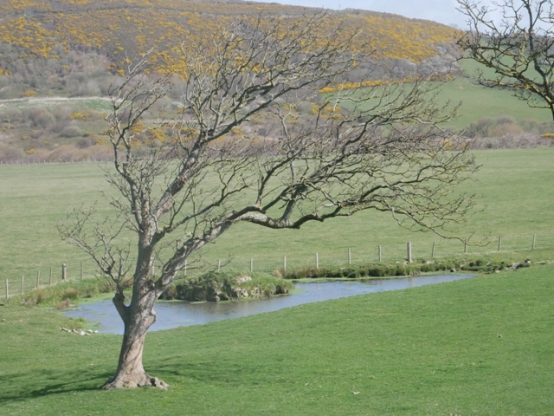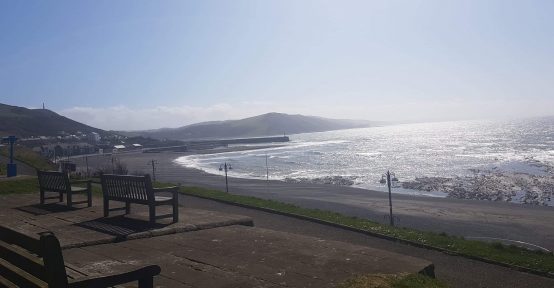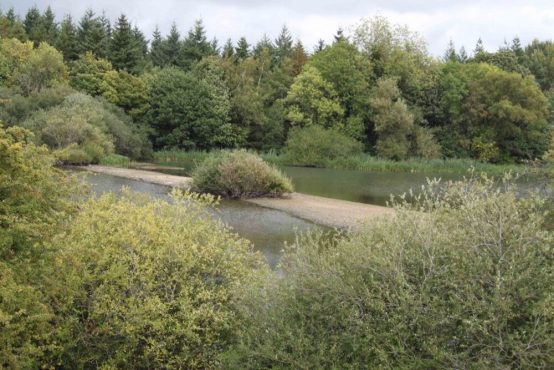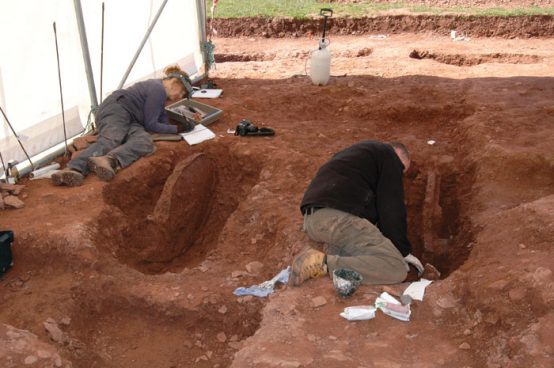By The Curious Scribbler
It is hard to remember last week’s grey shrieking storm. Yesterday I walked up Pendinas in balmy sunshine, and a gentle breeze. The sea looked as blue as the Mediterranean and the recently turbulent ocean is now calm and translucent – one can see the dark shadows of clouds upon the water, but also the shaded blotches of underwater outcrops of rock under the sea. Looking over towards Alltwen, the black cattle were all grazing on the flat land. Some mornings they are spread right up the hillside above the woods which enfold Tanybwlch mansion. There is a grandeur in seeing the cattle spread out like wild things in this huge landscape, not penned in a modest field of monocultural grass. The flats are no longer the scene of the trotting races, but viewed from Pendinas one can still see the ghost of the grass track, subtly darker, perhaps better fertilized, than the rest of the meadow.
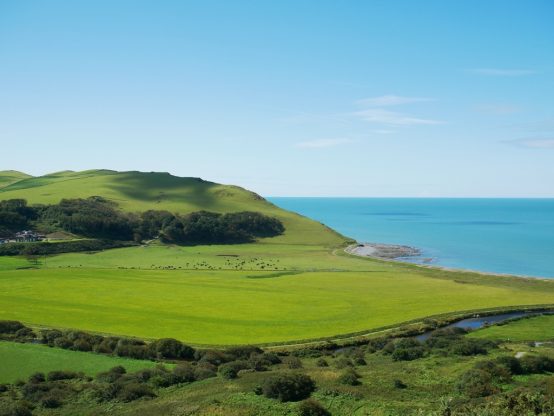
Alltwen and the Tanybwlch flats viewed from Pendinas
The climb is a prolonged one, even from the ‘easy’ access at the top of Cae Job in Penparcau. Families toiled up the path to the iron age hillfort, topped with Victorian arrogance by the chimney-like monument to Wellington’s victory at Waterloo.
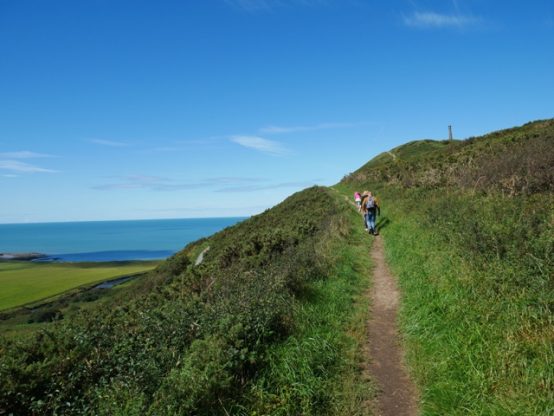
The path up from Cae Job
At least that is what it ostensible is. Personally I think of it more as a monument to a local gentleman, William Eardley Richardes of Bryneithin Hall who built it in 1856 and invited subscriptions from the town. It is no coincidence how grandly it adorns the landscape as viewed from the windows of his mansion to the south. The victory at Waterloo was in 1815, and I would have thought that by 1856 national fervour for a monument would have somewhat abated. Richardes himself had been in the army of occupation after Waterloo, and was moved to re-name the five fields around his house General, Governor, Captain, Lieutenant, and Major! They appear thus on the tithe survey of 1848.
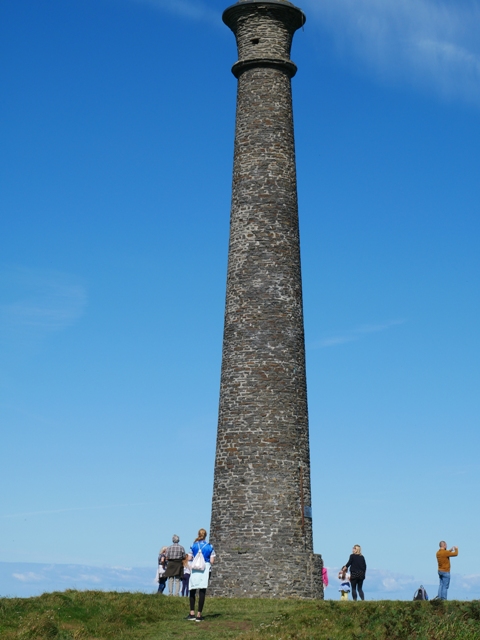
The wellington memorial on Pendinas
There were quite a few people at the top, typically facing in all different directions! The 360 degree panorama laid out before us has no weak point. Take your pick for views of the harbour and the sea and the distant Lleyn Peninsula, Penglais Hill punctuated by the Hospital, the National Library and University of Aberystwyth, or Penparcau spread out around its green-roofed 20th century primary school.
I first sat on the seaward side, where the bracken and gorse given way to heather and coarse grass. A wren fidgeted around a dead tree stump below me, and the honey bees came in waves, sometimes there were none, then quite suddenly thirty or more were working their way through the flowers beside me, then disappearing back to the hive. This is a great spot for looking down on flying birds: red kite, herring gulls, soaring the thermals, crows sculling steadily across the fields. Four speed boats came south into my view leaving white trails of wake. When they gingerly slowed to creep into Aberystwyth harbour at low tide I could see underwater the bar which partly occludes the harbour mouth.
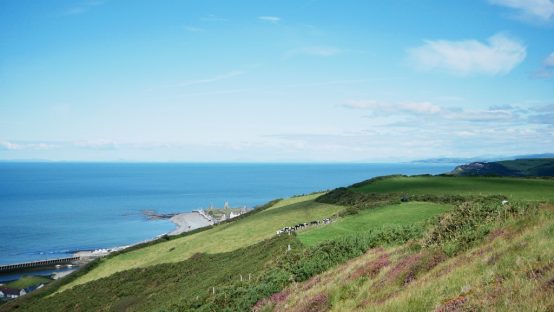
Aberystwyth Castle just visible from Pendinas
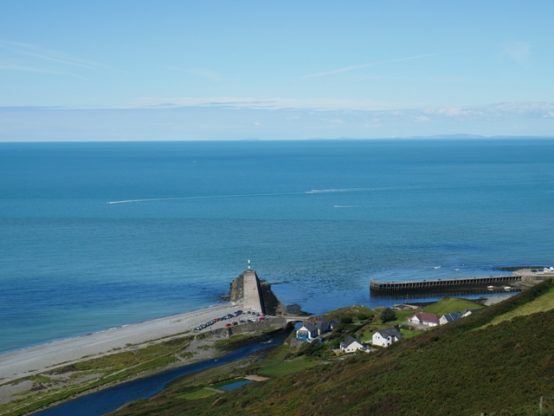
Speedboats approach Aberystwyth Harbour
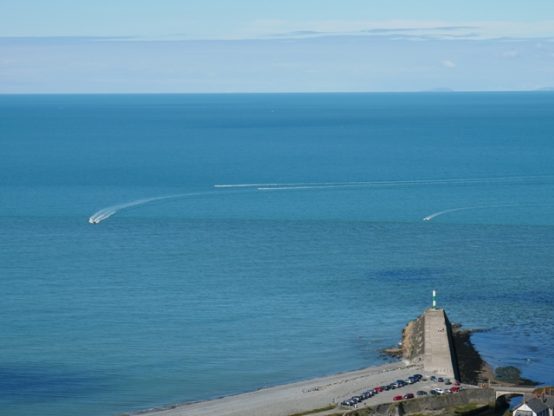
It may be a Bank Holiday during a pandemic but there is space and beauty for all to enjoy. Looking down, one could see around twenty cars parked at Tanybwlch beach now that the concrete barriers have been cleared away. There has always been more than enough space for social distancing on that beach, and I am glad to see these unnecessary restrictions have been removed.
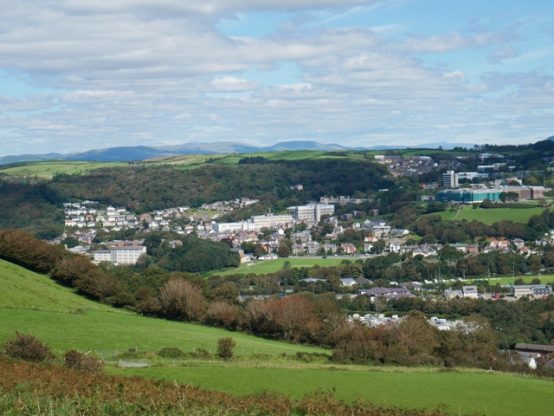
Penglais Hill, Aberystwyth, viewed from Pendinas
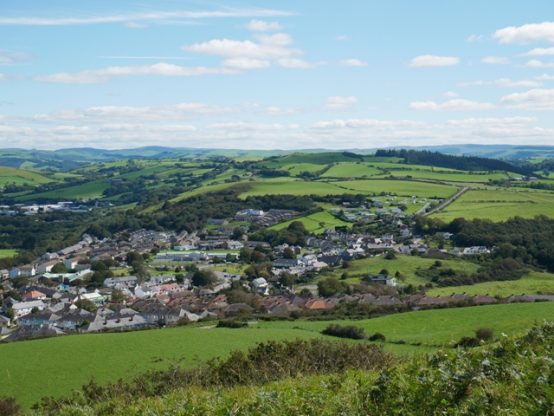
Penparcau, viewed from Pendinas
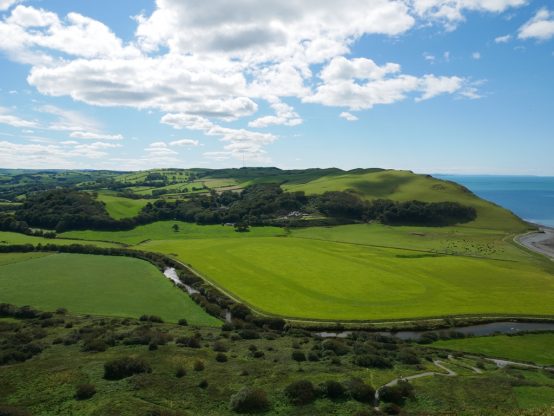
The view south from Pendinas
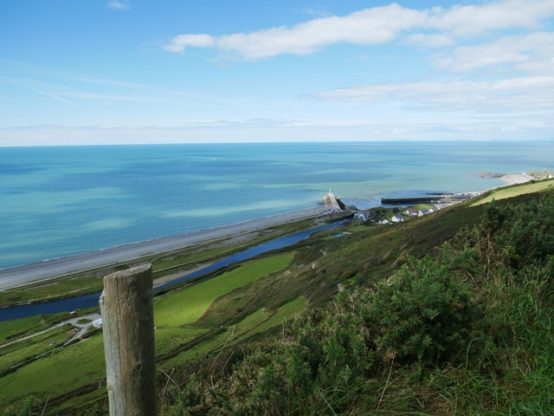
The Ystwyth enters the harbour at Penyranchor

